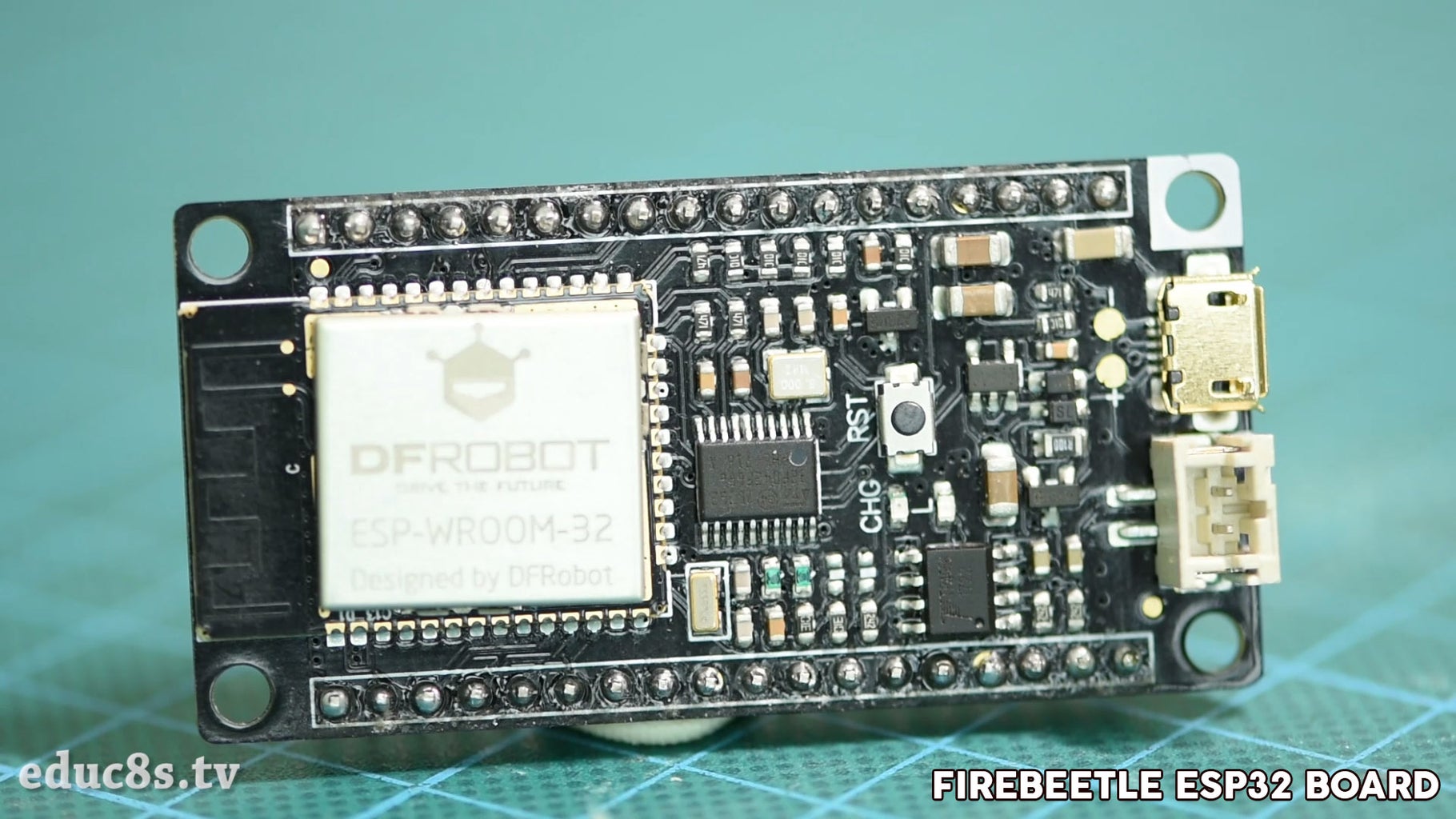ESP32 Power Consumption and Sleep Modes Circuit Diagram Hey there! If you're building battery-powered projects with the ESP32, you likely want to optimize power consumption to extend running time per charge as long as possible. The ESP32 has a couple different power modes that greatly affect how much juice it sips. In this guide, we'll take a hands-on look at active and deep sleep modes on the ESP32 and discuss how to choose the right one for In this tutorial, we'll discuss the available ESP32 sleep modes (low-power modes) and the power consumption in each mode. You'll learn how to maximize the power-saving while using ESP32 to achieve the required functionalities of your application and maintain the battery life for extended periods of operation. The ESP32 can activate the energy-saving modes of light sleep and deep sleep, but in many cases, we cannot use such a solution. However, it is still possible to apply some options to the functional units for reducing energy consumption. You can find various type of ESP32 to ESP32 Dev Kit v1 - TTGO T-Display 1.14 ESP32 - NodeMCU V3 V2 ESP8266 Lolin32 - NodeMCU ESP-32S - WeMos Lolin32 - WeMos

One of the most critical considerations in IoT projects, especially those involving battery-powered applications, is power consumption. In this blog post, we will dive into the world of ultra low power optimization on ESP32 development boards. Understanding and implementing power-saving techniques is crucial for extending battery life and enhancing the overall efficiency of your projects

Reduce the ESP32 Power Consumption in 3 Simple Steps Circuit Diagram
Learn how to reduce the ESP32 power consumption up to 99.98% in three simple steps so that your battery powered project will run for years.

1. Common Power Optimization Configuration Options 1.1. Dynamic Frequency Adjustment The higher the frequency at which the CPU works, the greater the power consumption. Through DFS (dynamic frequency scaling), the system can automatically switch the working frequency to balance power consumption and performance.

Deep Sleep Low Power Optimization on ESP32 Dev Boards Circuit Diagram
Power consumption of ESP32 in Deep-sleep mode with different wake-up sources enabled In Active mode, the average current of ESP32, working as a Station, is about 115 mA: In Deep-sleep mode, the average current of ESP32, with the timer enabled as the wake-up source, is about 6 uA: Whilst I wait to take delivery of the PCBs for my Zigbee F.A.R.T. sensor project, I returned my attention to my Matter switch project. I had great success reducing the power consumption of my Zigbee sensor. I now wanted to see what I what was possible with the ESP32-C6. Sleep Modes Like the Nordic nRF62840,…
